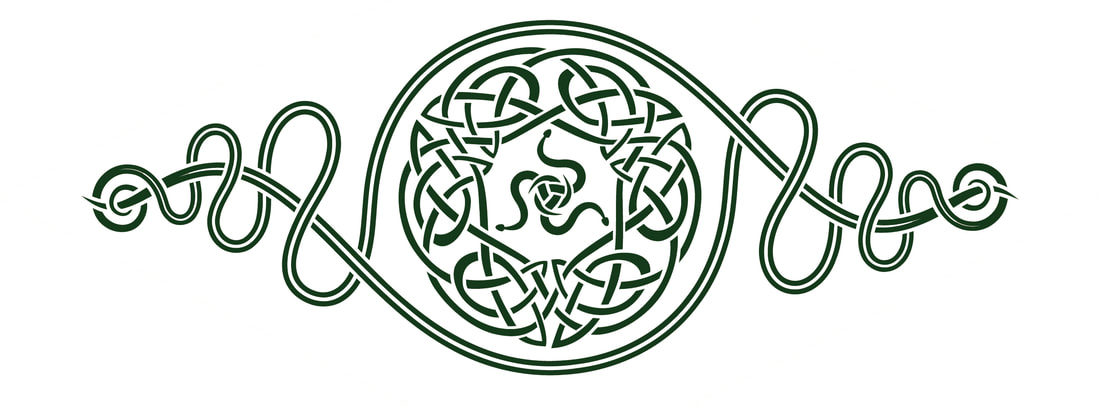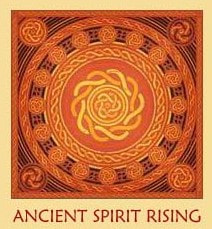Heather Y. Shpuniarsky and the Village of Hiawatha Book Committee
REVIEW BY PEGI EYERS
With vibrant snapshots of people and places rich in familial and collective meaning, the facts, figures, statistics and stories in The Village of Hiawatha form a portrait of Mississauga Anishinaabeg life both past and present. Truly a group effort, the Village of Hiawatha Book Committee was formed to capture this amazing history, and to express a shared love of community and bonds to place. From ancient times to the pre-contact world of the Anishinaabeg, to the early settlement of what was initially called “Rice Lake Village” plus the growth of the community over the years, The Village of Hiawatha is a monumental work.
Aa a racist agenda of Settler-Colonialism in the quest to secure lands and power, First Nations reservations were established to hold native populations apart from the great Empire-building project. Sending a contradictory message to “assimilate” while imposing segregation at the same time, generally speaking the Canadian “apartheid” system has been an abject failure. Yet against all odds, the reserve system did give First Nations a precious landbase in their traditional territories, and like the Mississaugas of Rice Lake, have been places of thriving and flourishing community.
One of the goals for writing this First Nations history was to correct the many Eurocentric terms and concepts on record, and to replace colonial history with the true Anishinaabeg realities and place names. The Village of Hiawatha successfully meets other objectives to chronicle the remarkable achievements of the people of Hiawatha, to challenge stereotypes, to enhance respectful nation-to-nation relationships, and to instill pride in contemporary and future generations of Anishinaabeg youth.
Rich in archival lore, Heather Shpuniarsky has done a marvelous job of researching, and a cross-section of first-person narratives, oral history, maps, early census and band member lists, photographs, letters, mementos, ephemera, family trees, biographical profiles and wisdom from the Elders are included. The fascinating history of the area is informed by archaeology, an overview of the ancient culture that built the Serpent Mounds as a burial and ceremonial site, and how the landscape has changed over 4000 years. The chapters in The Village of Hiawatha cover the history of individual families including the very first residents; the early Methodist missionaries and schools; later residential school trauma; treaty relationships and other colonial apparatus; Hiawatha’s contribution to wars since 1759; the governance system; historic buildings; social and cultural events; athletics; sources of economy and other ventures such as eco-tourism; and the perennialism of Anishinaabeg traditional ecological knowledge (TEK).
An interesting discovery from reading The Village of Hiawatha was the importance of the Methodist Church and school system in the early days - a colonizing force yet the source of many benefits and positive outcomes. The Methodist religion was willingly adopted (or combined with existing ancestral traditions) by many Mississauga Anishinaabeg, and the church building itself (later a United Church) was the beloved hub of community life.
Overall, The Village of Hiawatha is a beautiful and important contribution to the much-needed resurgence and rejuvenation of the Mississauga Anishinaabeg. Like the restoration of the wild rice beds that is vital work today, this historic survey charts the return of cultural pride, and should be required reading for all those seeking to become informed on regional First Nations history and traditions.
Aa a racist agenda of Settler-Colonialism in the quest to secure lands and power, First Nations reservations were established to hold native populations apart from the great Empire-building project. Sending a contradictory message to “assimilate” while imposing segregation at the same time, generally speaking the Canadian “apartheid” system has been an abject failure. Yet against all odds, the reserve system did give First Nations a precious landbase in their traditional territories, and like the Mississaugas of Rice Lake, have been places of thriving and flourishing community.
One of the goals for writing this First Nations history was to correct the many Eurocentric terms and concepts on record, and to replace colonial history with the true Anishinaabeg realities and place names. The Village of Hiawatha successfully meets other objectives to chronicle the remarkable achievements of the people of Hiawatha, to challenge stereotypes, to enhance respectful nation-to-nation relationships, and to instill pride in contemporary and future generations of Anishinaabeg youth.
Rich in archival lore, Heather Shpuniarsky has done a marvelous job of researching, and a cross-section of first-person narratives, oral history, maps, early census and band member lists, photographs, letters, mementos, ephemera, family trees, biographical profiles and wisdom from the Elders are included. The fascinating history of the area is informed by archaeology, an overview of the ancient culture that built the Serpent Mounds as a burial and ceremonial site, and how the landscape has changed over 4000 years. The chapters in The Village of Hiawatha cover the history of individual families including the very first residents; the early Methodist missionaries and schools; later residential school trauma; treaty relationships and other colonial apparatus; Hiawatha’s contribution to wars since 1759; the governance system; historic buildings; social and cultural events; athletics; sources of economy and other ventures such as eco-tourism; and the perennialism of Anishinaabeg traditional ecological knowledge (TEK).
An interesting discovery from reading The Village of Hiawatha was the importance of the Methodist Church and school system in the early days - a colonizing force yet the source of many benefits and positive outcomes. The Methodist religion was willingly adopted (or combined with existing ancestral traditions) by many Mississauga Anishinaabeg, and the church building itself (later a United Church) was the beloved hub of community life.
Overall, The Village of Hiawatha is a beautiful and important contribution to the much-needed resurgence and rejuvenation of the Mississauga Anishinaabeg. Like the restoration of the wild rice beds that is vital work today, this historic survey charts the return of cultural pride, and should be required reading for all those seeking to become informed on regional First Nations history and traditions.
The award-winning book The Village of Hiawatha is available from The Old Railroad Stop Gift Shop at Hiawatha First Nation, or from Ningwakwe Learning Press >www.ningwakwe.ca<
| Pegi Eyers is the author of Ancient Spirit Rising: Reclaiming Your Roots & Restoring Earth Community, an award-winning book that explores strategies for intercultural competency, healing our relationships with Turtle Island First Nations, uncolonization, recovering an ecocentric worldview, rewilding, creating a sustainable future and reclaiming peaceful co-existence in Earth Community. Available from Stone Circle Press or Amazon. |



